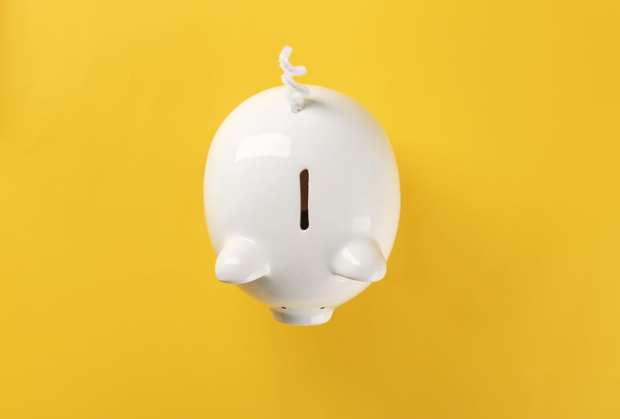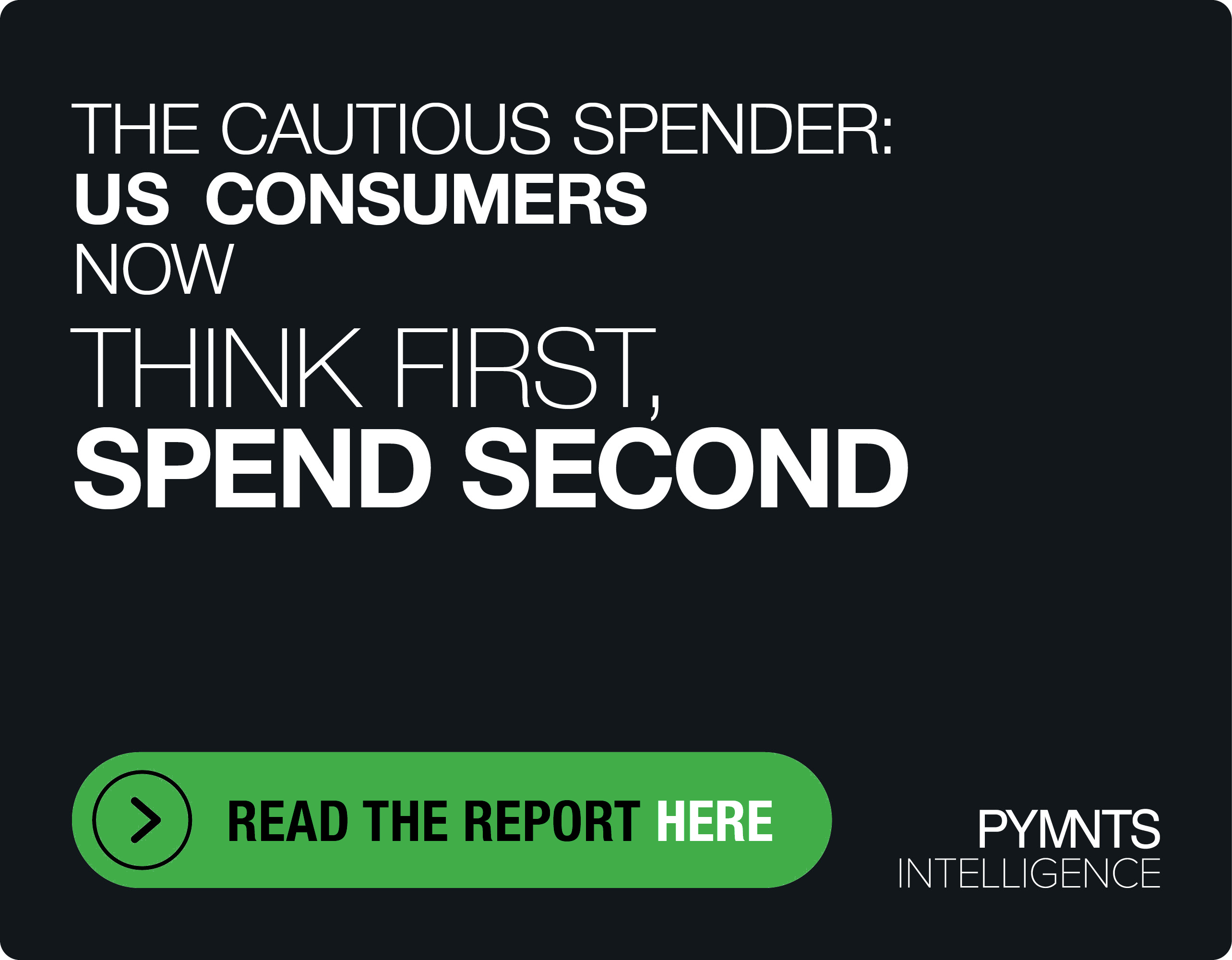Q4 Earnings: Bank CEOs On Cards, Credit And The Consumer

Bank earnings — taken together, let’s call them a mixed bag. Or maybe liken them to an onion, with layers of meaning and hints of things to come — some savory, some likely to induce tears.
The spate of recent results from household names spanning JPMorgan, Citigroup and others show some company-specific commentary and developments, such as investigations into, say, Goldman’s involvement in a Malaysian fraud scandal. Wells Fargo, of course, is dealing with the fallout of a host of scandals, ongoing for years.
Let’s put the vagaries of trading revenues aside. Yes, volatility reigned in the last quarter, and all manner of investors fled all manner of assets, and so depending on where you looked, trading volumes and commissions were down, mid-single digit percentages (such as for Goldman) to double-digit percentages (such as for JP Morgan). Thus: Some banks bested results, some didn’t.
Wall Street tends to be preoccupied with what happens on a quarter-to-quarter basis, and the difference of a penny or two can send a stock soaring or plummeting.
But as for some commonalities …
Other Data, Done Digitally
Dive a bit deeper, and trends emerge. Digital trends, to be exact. The embrace of such trends by consumers, younger ones, continues apace, and all banks that disclose such metrics reported gains in the digital, online and mobile users. As of the year end, Wells Fargo had 29.2 million digital online and mobile active customers, including 22.8 million mobile active users. JPMorgan said that average mobile customers were up 11 percent to 33.3 million in the latest period. Total active digital customers were 49.3 million, up from 46.7 million. Citi’s active digital customers gained 5 percent year on year to 18 million. Management said on the Citigroup earnings call that part of the expense management and cost savings that have been seen in past periods and going forward have been driven in part by the shift from what was cited as “analog to digital.” Bank of America said it has 36.4 million active digital banking customers, with 26.4 million active banking users, gaining nine percent.
Sanguine Rate Environment
Lending results were better for both JPMorgan Chase and Wells Fargo, per numbers released Tuesday (Jan. 15). The Fed’s march toward higher interest rates, albeit off of historical lows, has been helping goose segments that depend on charging clients (be they corporate or individual) higher rates. The spread has always been one where banks have lifted rates charged to borrow faster than they have to pay out more on deposits.
Thus, for example, JPMorgan was able to see a 10 percent gain in net interest income for the fourth quarter, tallying $14.4 billion. Wells Fargo, to give another example, saw a 3 percent gain in net interest income. The boon to net interest income should give a tailwind to the sector, at least a bit, as banks have been able to jack up rates on credit cards by as much as 100 basis points (and where the average is now more than 17 percent), while savings account yields are less than one percent.
Where the Spending Is — And Where It Isn’t
Interest rates, of course, reflect economic expectations — at least those of central bankers. Rising interest rates reflect the expectations that the economy (and here we mean the U.S. economy) is on solid footing, and that inflation needs to be countered. In commentary tied to his own firm’s fourth-quarter earnings, Bank of America CEO Brian Moynihan stated that “through the trillions of dollars of consumer transactions we process and from the steady confidence and activity of our small business and commercial clients, we see a healthy consumer and business climate driving a solid economy.” Solid indeed, as profits in the consumer banking business for BoA were up 52 percent on the year to more than $3.3 billion. Credit and debit card spending was up by 6 percent in the period. At Citi, net interest revenue from the bank’s U.S.-branded card segment came in at $2 billion, up 6 percent year over year. Wells reported general purpose credit card point-of-sale (POS) purchase volume of $20.2 billion in the fourth quarter, which showed growth of 5 percent year over year. Debit card POS purchase volume was up 8 percent year over year.
Clearly, consumers intend to spend, at least for now. What they don’t intend to do, though, is spend money on property. En masse, banks reported mortgage volumes down by double-digit percentages. Wells and JPMorgan both said volumes were down around 30 percent in the latest period, while Wells saw that volume off 28 percent.
Economics, Short Term And Longer
Economics is a long game, made up of several short games. And in the short term, some rockiness seems evident. As has been widely reported, JPMorgan CEO Jamie Dimon has said that the ongoing government shutdown could reduce economic growth to zero should it continue to drag on through the quarter. Executives on most bank calls also pointed to the trade war with China as a drag on growth that might have otherwise been evident, apparent, especially, in trading volatility (with Wall Street, again, acting as a gauge on sentiment on what’s to come).
Thus, keep an eye on interest rates. A pause may not be the pause that refreshes, to steal a line from a certain soda giant. As Dimon said, “the why is equally if not more important than the what. If it is a pause because you are going to go to recession [and] you’re going to reduced rates, that obviously is very different than it’s a pause, [the] economy strong and they raise rates.”
Some Credit For The Credit Cycle?
The credit cycle is showing some bumps here and there, especially where commercial lending is concerned. JPMorgan said that growth in its commercial and industrial loans was 1 percent, where growth had been 4 percent in the third quarter (as measured year over year). CFO Marianne Lake said the bank had been backing away from lending across at least some channels, and Dimon told analysts the bank has “no problem seeing the loan book shrink … We are not going to be stupid.”
There’s some evidence, released separately from the banks, that shows default rates, as presented by Experian and S&P Dow Jones Indices through December of 2017 were up from November. The Consumer Credit Default Indices showed on a composite basis, a boost of 6 basis points to tally 89 basis points. Bank card default rates were up 25 basis points to 3.34 percent.
This is the first time in two years that all loan types and all regions surveyed showed a boost in sequential default rates. One month does not a trend make … but it all bears watching, of course.
